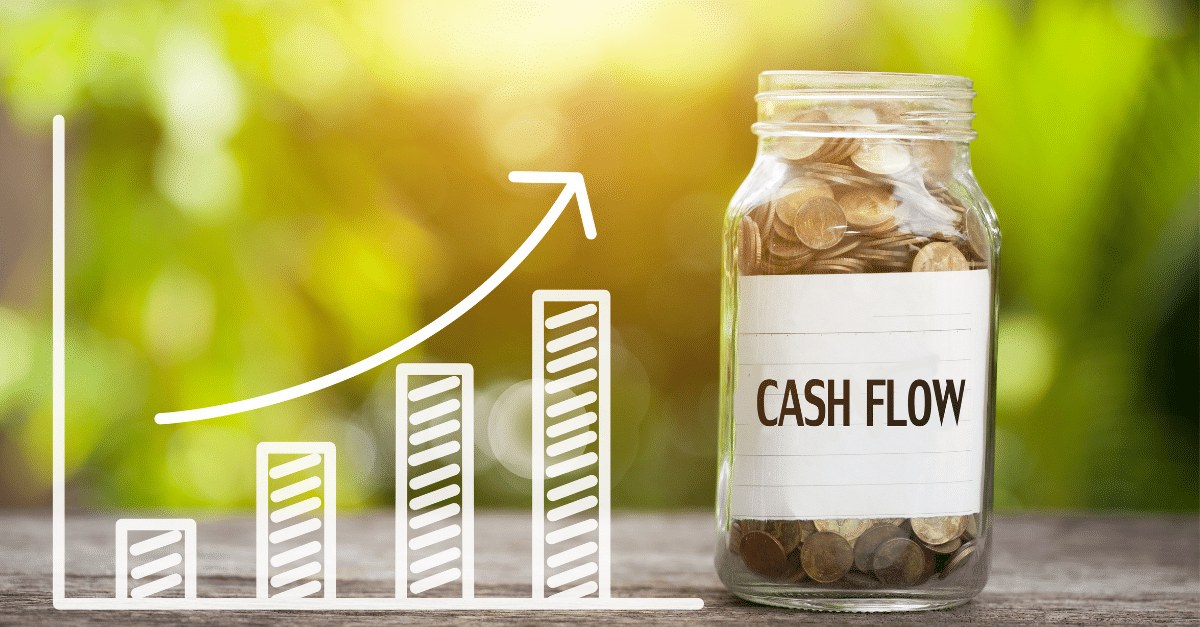My Top 10 Ways to Increase Cash Flow on a Rental Property

Real estate investments should be a wise decision, and maximizing your rental properties’ profitability is crucial to running a successful real estate business. Regardless of the size, location, or type of rental property, maximizing your income should always be a priority. Therefore, this blog post will highlight various ways to increase cash flow from your rental properties.
1. Regular Rent Review
Many landlords or property managers neglect to review rent for long periods, mainly when tenants have good pay records. However, it is essential to conduct regular rent reviews. Research the current rental market and determine whether or not the rent rates in your area are competitive. Keep in mind that small increases over time could significantly increase cash flow from your rental properties.
2. Renovations
Sometimes, a small renovation can attract new tenants and increase the property’s rent. So consider minor renovations such as a fresh coat of paint, updated lighting fixtures or appliances, and minor repairs to upgrade the look of the property.
3. Furnish the Property
Furnished rental properties can command a higher monthly rate. A furnished home may be ideal for medium-term renters such as divorcees or those visiting the country (or the area).
4. Legal Rent Increases
Apart from regular rent reviews, a landlord can issue a legal rent increase based on jurisdictional regulations. For example, some states or municipalities allow landlords to increase rents once per year. It is best to check your local authority’s regulations before making any rent adjustments or changes.
5. Use Different Rental Strategies
Depending on location of rental properties, they may be more beneficial to rent on an annual basis or on a monthly basis, or it may be best to convert them to short term rentals (as with Airbnb). An investment property close to tourist locales or convention centers, for example, may be more lucrative if put into the market for short term rentals.
6. Consider Other Investment Markets
Investors who live in markets where home prices are high, and rental income may not generate positive cash flow, can consider investing out of state. In an age when homes can be sold with 3D floor plans and online walkthroughs, more and more Americans are getting accustomed to the idea of remote real estate investing.
Real estate investors living in San Francisco, for example, where the median home price is well above $1 million, may find that their available resources will take them much farther in making a down payment in markets such as Indianapolis or Memphis, where home prices are as low as $200,000.
7. Rent Out Extra Amenities
Providing tenants with extra amenities, such as parking spaces or additional storage can increase cash flow. It is an opportunity to increase rental income over time. Besides, shared amenities such as Wi-Fi and laundry facilities can be charged as a separate service based on usage.
8. Appeal Your Property Taxes
Property taxes generate needed revenue for municipalities, but rental property owners do have the option of appealing increases. If the rises threaten to make a positive cash flow rental property into one that is losing money, it may be worth taking this step.
If comparable homes in the area have not sold at prices as high as the value put on the home in question at the time of the assessment, an appeal may be successful. But it’s important to know that an appeal can go either way.
The new assessment typically includes information about how to appeal the increase, including a deadline. Some municipalities give a window of 45 days, while others offer a window of only 30 days.
It might help to get a third-party assessment. A local real estate agent will typically provide a comparison with other homes in the market.
According to the National Taxpayers Union Foundation, only about five percent of people ever appeal an assessment.
9. Re-amortize the mortgage
Amortization refers to the period of a mortgage (30 years, 15 years, etc.), and also refers to the fact that at the beginning of the term of a mortgage, most of the payment is going toward interest, while at the end, most goes toward the principal. Longer-term mortgages mean lower monthly payments but also incur more interest over time.
If the investor’s top priority is to have more cash at the present moment, and they have maximized rental prices and kept the rental property expenses down, converting to a longer-term mortgage with lower payments now may make sense.
There may be downsides to re-amortizing the mortgage, so investors would need to discuss the plan with their financial advisor.
10. Reliable Tenant Selection
Tenant selection is crucial in increasing cash flow. Consider factors such as the tenant’s employment, creditworthiness, and rental history before renting out your rental property. Trustworthy tenants are ideal since they can help to improve the property value and the cash flow derived from the rental property.
In conclusion, there are numerous ways to increase cash flow from your rental properties. The approaches highlighted in this blog post are worth considering, particularly for real estate investors who want to achieve maximum profitability from their rental properties. As always, do your due diligence and seek sould legal, financial counsel when necessary.
Happy Flipping!





